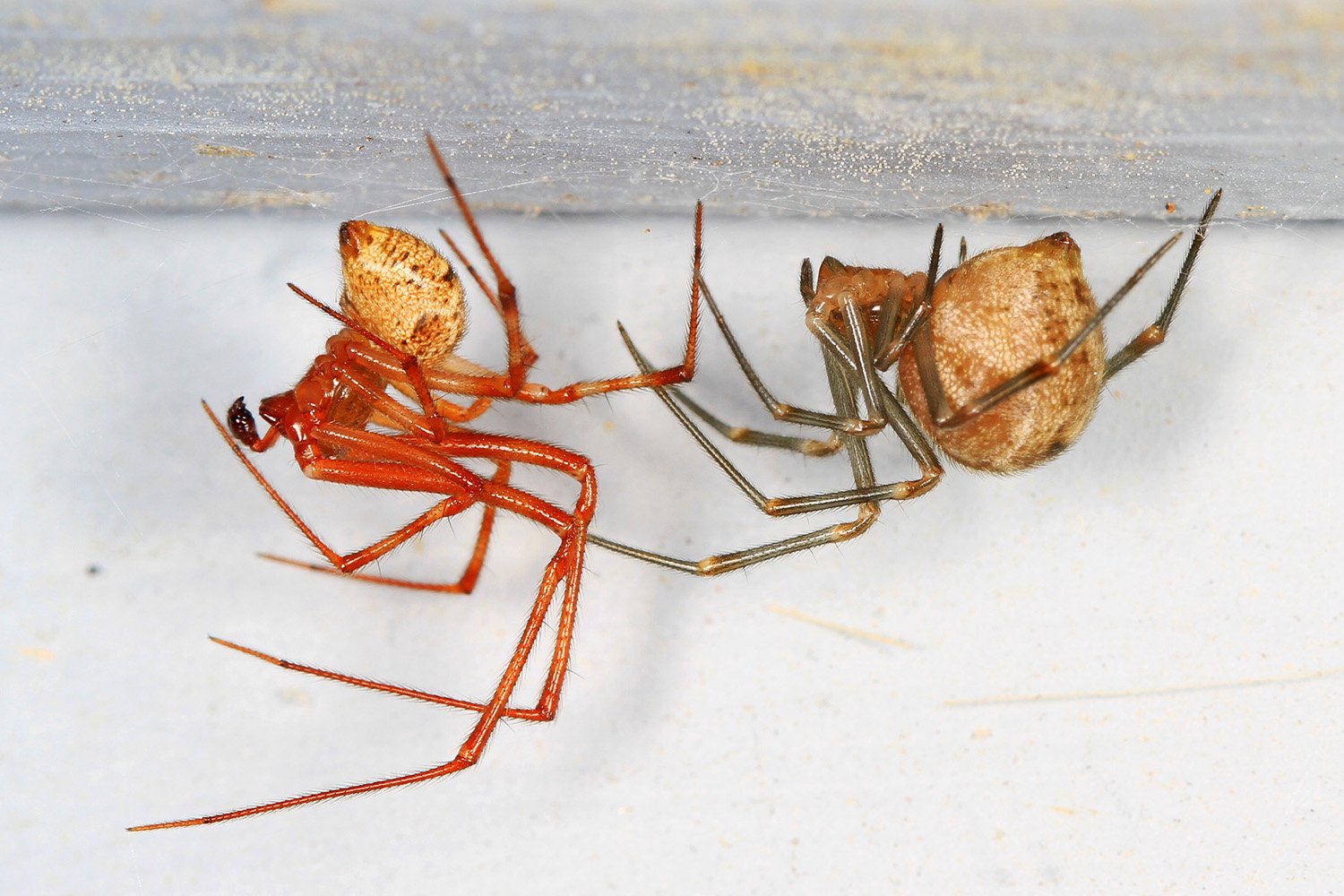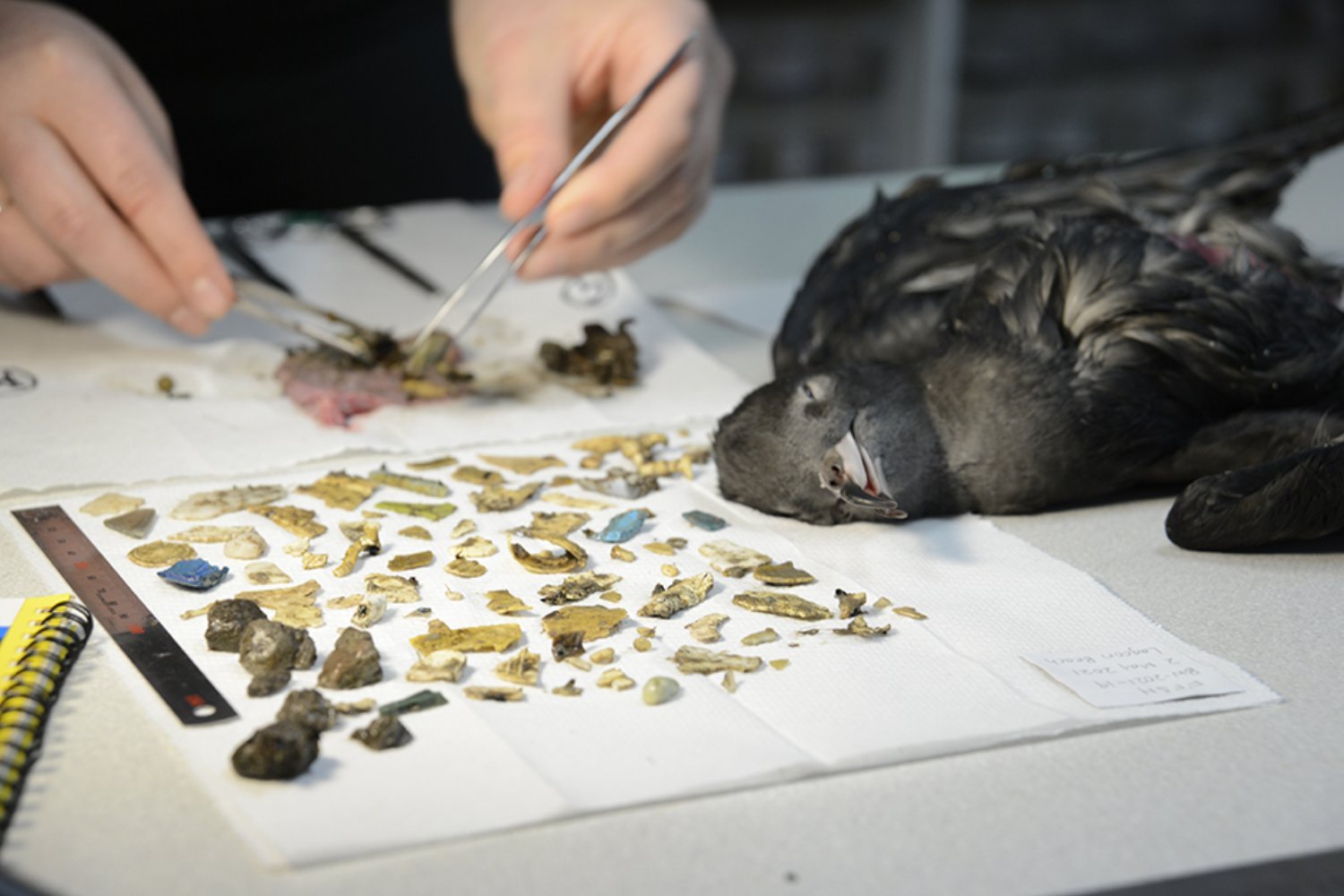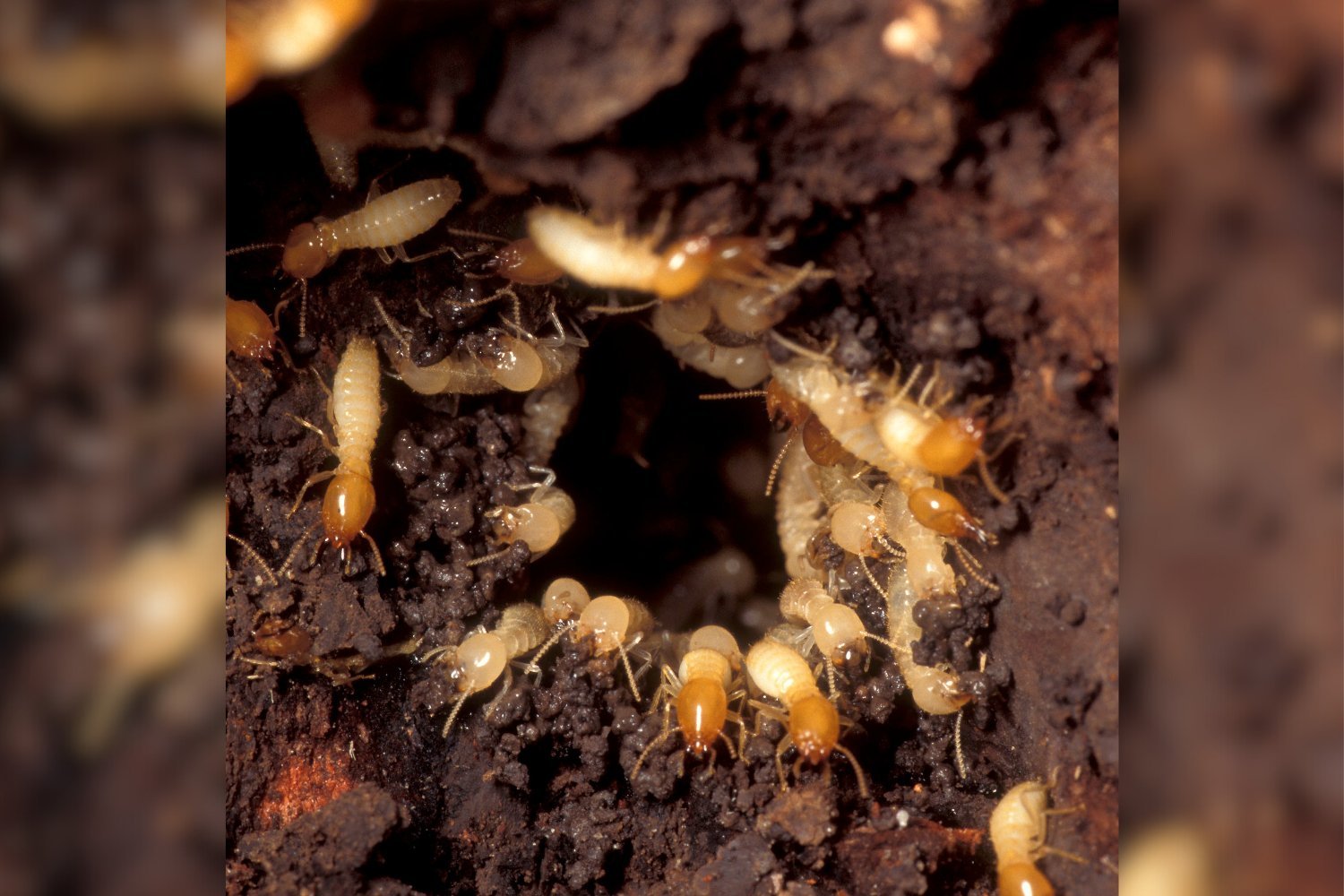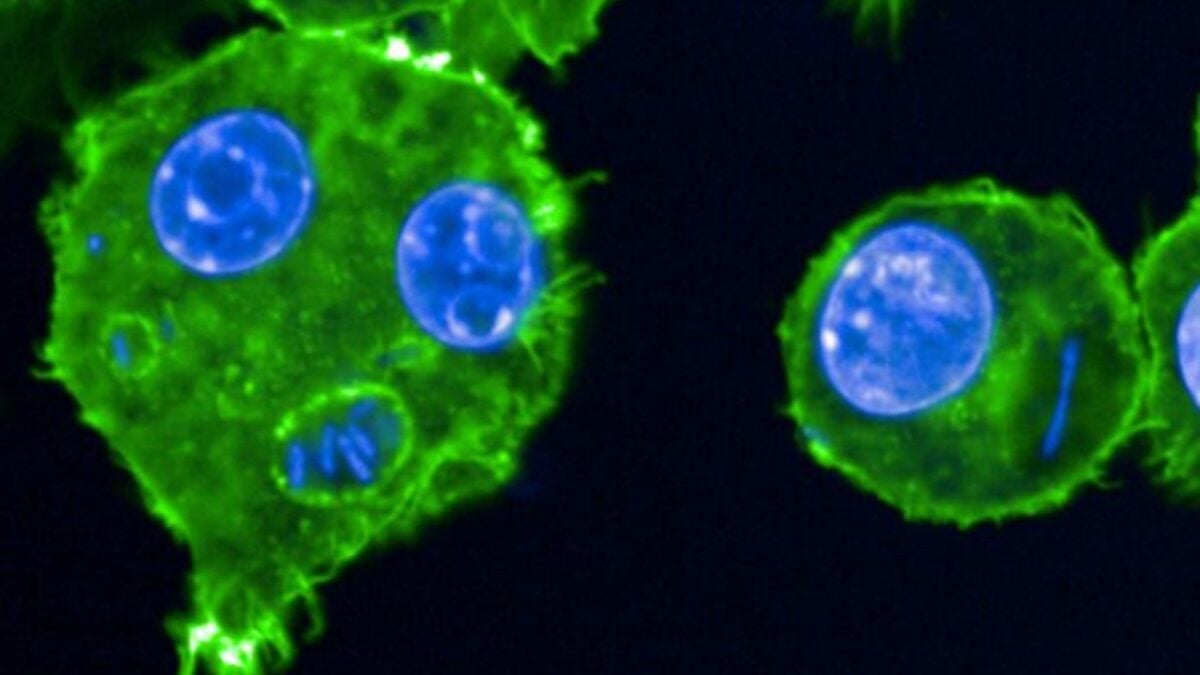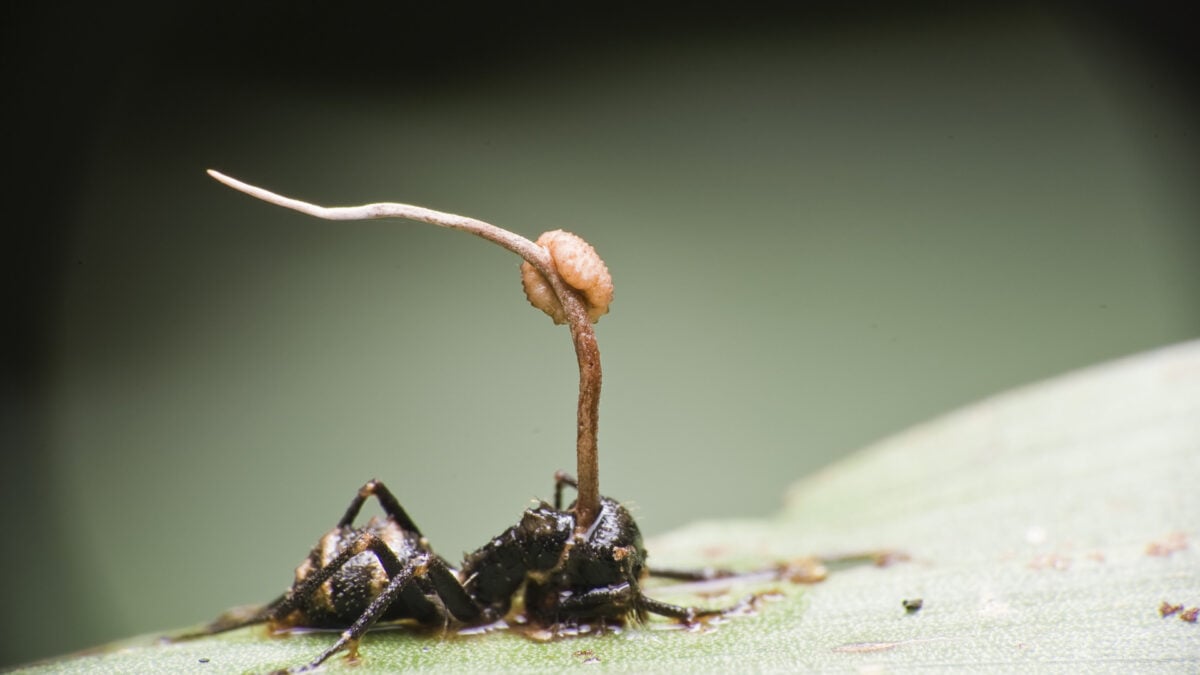For the first time, scientists have successfully employed CRISPR gene editing technology on spiders, resulting in genetically modified arachnids capable of spinning red fluorescent silk. While these eight-legged subjects won’t grant you spider-like abilities, this breakthrough opens exciting avenues for materials science and genetic research. The innovative work, detailed in the journal Angewandte Chemie, was conducted by researchers at the University of Bayreuth, who also created spiders with no eyes using the same technology.
The Dawn of Arachnid Gene Modification
CRISPR-Cas9 stands as a transformative gene editing tool, significantly advancing our capacity to modify genomes, study diseases, and explore genetic functions. Previously applied to animals, plants, and microbes, its extension to the common house spider (Parasteatoda tepidariorum) marks a significant new frontier. Genetically altering spiders, however, presented unique hurdles. Arachnids often exhibit cannibalistic behaviors, complicating breeding efforts. Furthermore, their genomes are notably complex, partly due to a duplication event early in their evolutionary history.
After initial setbacks, the research team refined their approach. They injected the CRISPR-Cas9 machinery, along with a gene coding for a red fluorescent protein, directly into unfertilized spider eggs. The primary aim was to “knock in” this fluorescent protein gene into the specific segment of the spider’s genome responsible for producing a key silk protein. This delicate procedure involved anesthetizing female spiders and carefully injecting the gene-editing components into their abdomens. Following recovery, these females were bred with males of the same species.
Weaving a Fluorescent Future
The subsequent generation of spiders provided clear evidence of success: they spun vividly colored, red fluorescent silk. This outcome confirmed that the researchers had effectively edited the spider’s genome. “We have demonstrated, for the first time worldwide, that CRISPR-Cas9 can be used to incorporate a desired sequence into spider silk proteins, thereby enabling the functionalisation of these silk fibres,” stated Thomas Scheibel, senior author of the study and a biochemist at the University of Bayreuth, in a statement. This achievement showcases a powerful new method for tailoring spider silk properties. You can learn more about gene editing advancements [internal_link_to_gene_editing_innovations].
The team also explored CRISPR-KO (knockout), a technique that deactivates a specific gene. They targeted a gene known as “so,” believed to play a crucial role in eye development. The hypothesis proved correct: the CRISPR-KO modified offspring were born either entirely without eyes or with fewer eyes than their unaltered counterparts, starkly demonstrating the precision of the gene knockout.
Super Silk: Revolutionizing Materials Science
Spider silk is a remarkable natural material, renowned for being stronger than steel by weight, exceptionally lightweight, and highly tear-resistant. These inherent qualities make it a desirable candidate for diverse applications, ranging from advanced textiles to surgical sutures. The researchers believe this successful gene-editing experiment could pave the way for creating silks with entirely new, enhanced characteristics. This could lead to breakthroughs in [internal_link_to_advanced_materials_research].
“The ability to apply CRISPR gene-editing to spider silk is very promising for materials science research – for example, it could be used to further increase the already high tensile strength of spider silk,” Scheibel commented. This suggests that customized spider silks, potentially with enhanced strength, elasticity, or even novel functionalities like fluorescence, are on the horizon.
This pioneering research into CRISPR-edited spiders not only expands our understanding of genetic modification but also brings us closer to harnessing the extraordinary potential of spider silk. The development of custom-designed biomaterials, such as the glowing red silk, could soon transition from scientific curiosity to practical applications, perhaps even leading to innovative products like self-illuminating textiles or ultra-durable medical devices. The journey into the future of genetically engineered materials has just begun.



